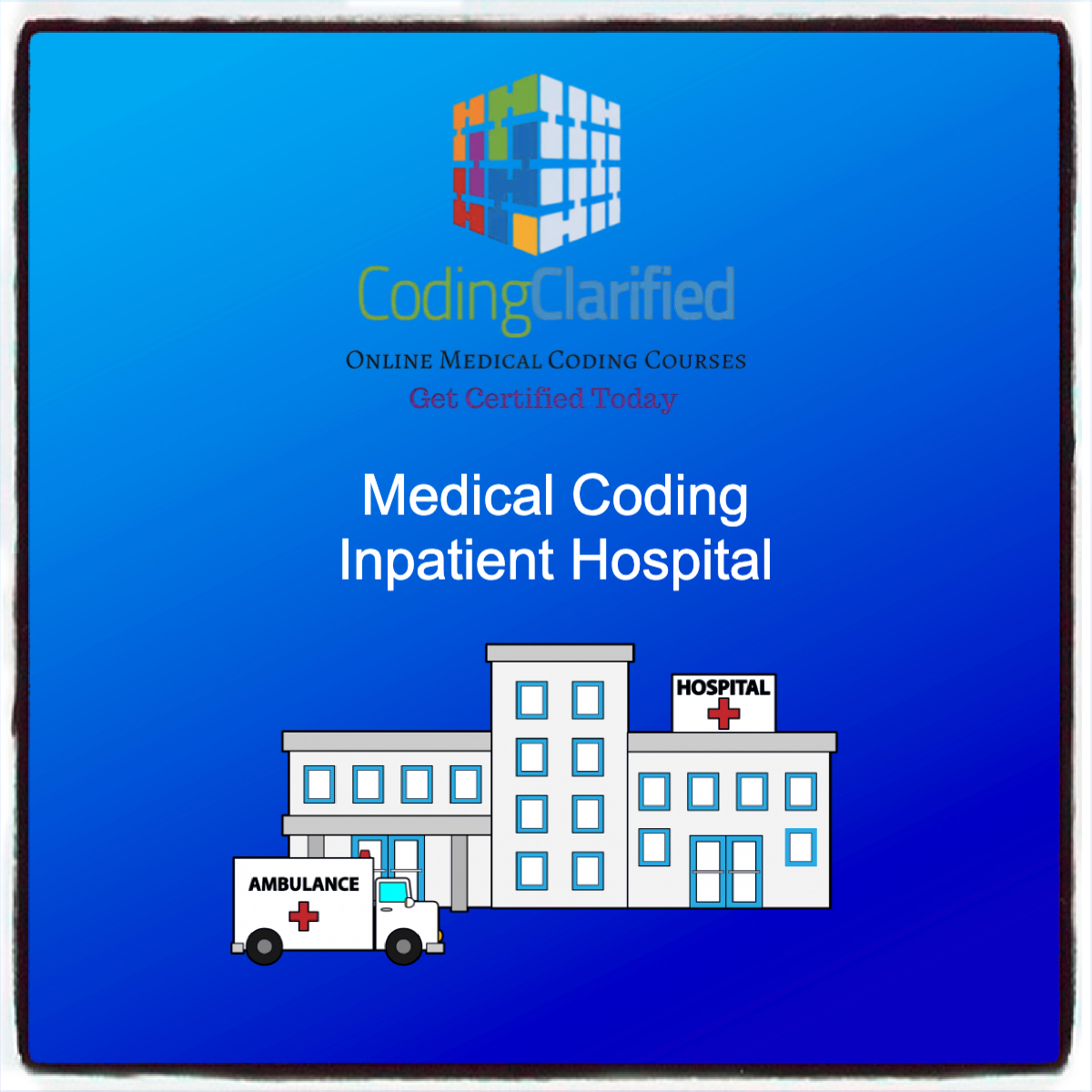Guide to Medical Coding and Billing for Hospitals
Medical billing for hospitals is a complex yet essential process that ensures healthcare providers receive timely and accurate reimbursement for services rendered to patients. Understanding the intricacies of hospital billing involves knowledge of coding systems, compliance with regulations, and efficient management of billing cycles.
Coding and Documentation
- Medical Coding Systems:
- Hospitals use standardized code sets such as ICD-10-CM and ICD-10-PCS to classify diagnoses, procedures, and services provided to patients. Accurate coding is crucial for proper reimbursement and compliance with insurance requirements.
- Documentation Requirements:
- Detailed and precise documentation of patient encounters, including diagnoses, treatments, procedures, and outcomes, is essential. This documentation supports the coding process and ensures that billed services accurately reflect the care provided.
Medical coding for hospital inpatients is based on a patient’s entire stay, including procedures, supplies, and hospital days. The process involves using a medical coder to transform a patient’s health care information from a physician’s notes into universal medical alphanumeric codes.
Here are some guidelines for inpatient coding:
- Use ICD-10-CM codes for diagnoses and ICD-10-PCS codes for procedures.
-
Be specificUse as many codes as possible to be as specific as possible when coding diagnostic and procedure codes.
-
Use all available codesAssign five-digit ICD codes when available, and use four- and three-digit codes only when no other information is available.
-
Use other classification systemsUse other classification systems when required, such as DSM IV for psychiatric patients.
-
Consider admission circumstancesWhen assigning the principal diagnosis code, consider the circumstances of the admission and which condition was more resource-intensive.
-
Use the alphabetic index and tabular listUse both resources for greater accuracy.
-
Use NOS and NEC codesUse NOS (other) and NEC (Unspecified) codes when the information given doesn’t allow for further coding.
-
Consider present-on-admission (POA) indicatorsPOA indicators are medical conditions that are present when the order for inpatient admission occurs.
Here’s a comprehensive overview to help hospitals navigate the billing process effectively:
Billing Process
- Patient Registration and Verification:
- Hospital billing begins with patient registration, where demographic information, insurance details, and consent forms are collected and verified. This step ensures that billing information is accurate and up-to-date.
- Charge Capture:
- Charge capture involves recording all billable services provided to a patient during their hospital stay. It includes procedures, treatments, medications, and any other billable items. Integration with electronic health records (EHRs) streamlines this process and reduces errors.
- Claims Submission:
- Once services are documented and coded, hospitals submit claims to insurance companies or government payers (Medicare, Medicaid). Claims must comply with payer-specific guidelines and include required documentation to facilitate prompt reimbursement.
- Revenue Cycle Management:
- Effective revenue cycle management (RCM) ensures hospitals optimize cash flow by monitoring claims, identifying billing errors, and addressing denials or rejections promptly. This process includes follow-up on unpaid claims and patient billing inquiries.
Compliance and Regulations
- Healthcare Regulations:
- Hospitals must adhere to federal and state regulations, such as the Health Insurance Portability and Accountability Act (HIPAA) for patient privacy, and the Affordable Care Act (ACA) for billing transparency and compliance with insurance reforms.
- Billing Compliance Programs:
- Implementing comprehensive billing compliance programs helps hospitals mitigate risks related to fraud, abuse, and improper billing practices. Regular audits and staff training ensure adherence to billing regulations and ethical standards.
Financial Management
- Contract Negotiations:
- Hospitals negotiate contracts with insurance providers and managed care organizations to establish reimbursement rates for services rendered. Contract terms influence revenue generation and financial stability.
- Patient Billing and Collections:
- Hospitals bill patients for deductibles, co-payments, and services not covered by insurance. Clear communication, payment plans, and financial assistance programs support patient satisfaction and revenue recovery.
Navigating hospital billing requires a strategic approach encompassing accurate coding, compliant documentation, efficient claims submission, and rigorous financial management. By adhering to regulatory requirements, optimizing revenue cycle processes, and prioritizing patient-centered care, hospitals can achieve financial sustainability while delivering quality healthcare services to their communities.
Coding Clarified offers an AAPC-approved CPC course, CPC credential is considered the core credential to build on, which validates proficiency in using CPT, HCPCS Level II, and ICD-10-CM diagnosis codes for coding and billing medical claims in a physician’s office.
https://codingclarified.com/mastering-online-medical-coding-training/
AAPC CIC credential is the inpatient credential most coders get after the CPC credential when hospital inpatient coding is their desired coding job.
https://www.aapc.com/certifications/cic
https://www.aapc.com/certifications/cpb
Let Coding Clarified “clarify” coding for you.

